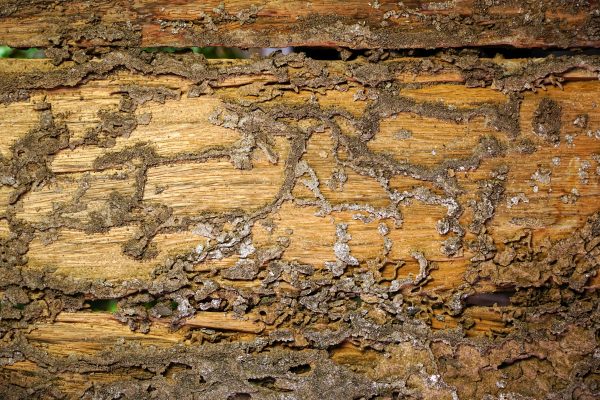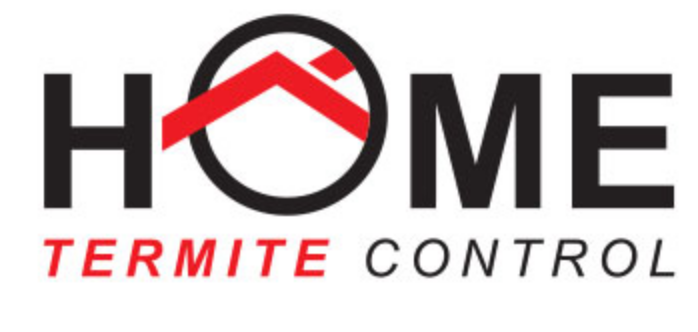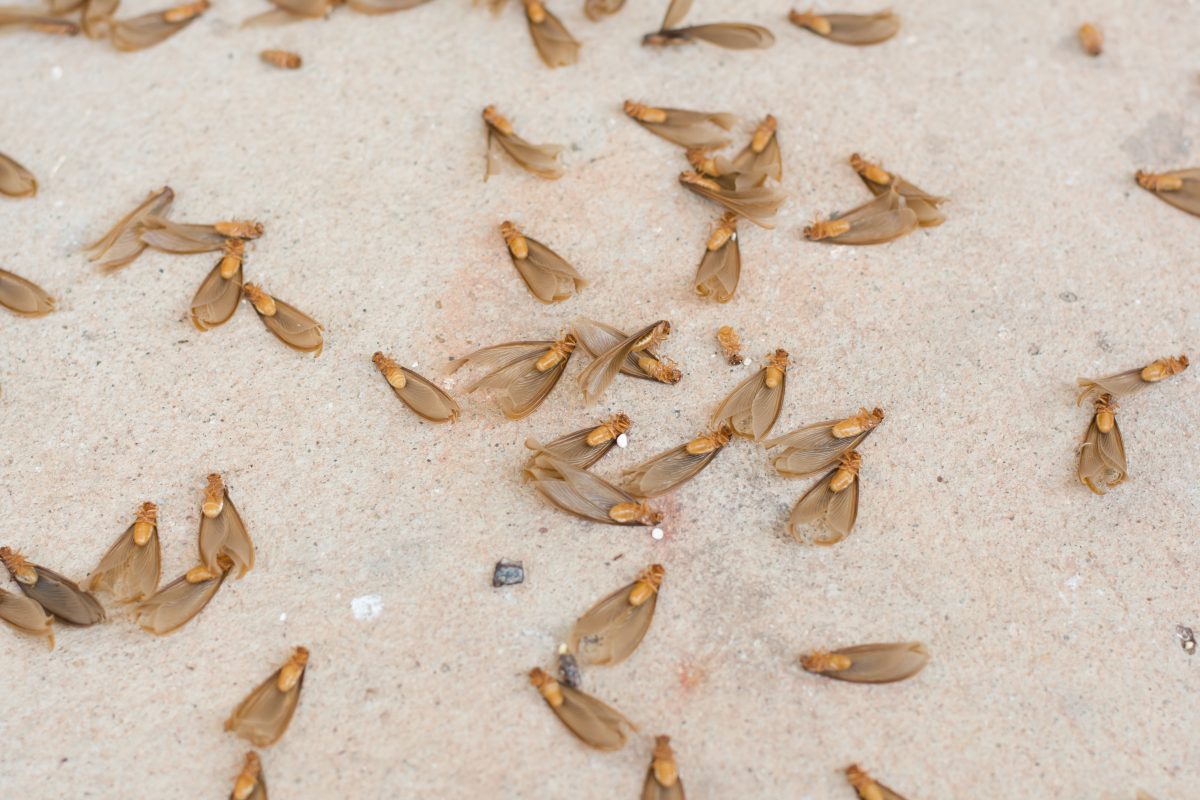How to Protect Your Home from Termites (at the Earliest Possible Stage)
Termite damage can occur year-round. So, it is important to learn the early signs of termite activity at the earliest possible stage. What should you look for in the ceiling, drywall, and around the home? Read on to learn more.
Termite activity is highest during warm, rainy periods. However, during winter, our homes can attract termites because they provide plenty of warmth and moisture(*1). Along with bulbous flowers such as tulips and daffodils, there could also be a termite colony maturing underground nearby.
Top Five Early Signs of Termites in Ceilings, Drywall and Around the Home
During landscaping, bushfire preparations, and spring cleaning, keep your eyes open for early signs of termites.
1. Mud tunnels on building walls and foundations.
2. Swarms of winged termites.
3. Live termites.
4. Piles of detached wings.
5. Wood damage.
1. Termite Mud Tunnels and Tubes
Termite mud tunnels (or tubes) are made of a mixture of termite poop, saliva, and earth(*2). Subterranean termites must keep their exoskeleton hydrated. To do this, they use the muddy mixture to create tunnels from the nest to the food source. These tunnels protect them from dry winds, sunshine and predators.
2. Flying Ants? Or Are They Termite Swarms?

It can be alarming to see swarms of ‘flying ants’ around the home. These swarms, which most often visit in spring, are usually not ants but are winged termites(*2). Once mature, some of the colony’s inhabitants will exit the underground nest to start a new colony. If the swarm is attracted to your house, they could be planning to move in. This may also indicate there is a termite colony nearby. Once termites are established, it is not unusual for them to cause significant damage in a short time.
3. Clear Out the Swarm BUT do Not Interfere with the Termite Colony!
An insecticide spray and a quick job with your vacuum cleaner will suck up the swarming termites. It is the termites you cannot see that is the big problem. If you discover even one live termite in your home:
- Do not spray or disturb it.
- Call a termite control company
The reason you should not disturb termites is that pest controllers need them active to:
- Identify the exact species.
- Correctly locate their nest (which could have millions of termites)(*3).
- Treat the termite infestation properly.
4. Piles of Detached Wings
If you see a pile of detached wings, you will know that termites have paid a visit and have paired off with a mate to establish a new colony. Wings are most often spotted on windowsills. New colonies can be found in the ground, drywall, the ceiling, and a range of other locations.
5. Wood Damage
When you find a window or wall frame with tunnel damage (sometimes it looks like wooden confetti), you have a pest problem(*4). Sometimes you will notice mud in the tunnels. That is a sign that the subterranean termite visited you. They leave behind a trail of termite poop and saliva in their path.
Termites are also attracted to the bathroom walls particularly if the bathroom is old and the waterproofing of the shower is compromised. They are attracted to leaking pipes, as well as other pipes that provide moisture through condensation in the wall cavities. Termites will find their way to the roof timber, especially where the moisture gets through as a result of blocked guttering or cracked roof tiles.
Do not delay in calling your local licenced and insured pest controller if you notice any of these early signs of termite damage. Time will not improve the situation or the cost of the repair.
Call Home Termite Control on 0488 991 126 or (02) 9454 7774 to inspect and treat your termite problem.
References *1. Oberst, S, Lenz, M, Lai, JCS & Evans, TA. Termites Manipulate Moisture Content of Wood to Maximize Foraging Resources. Biology Letters. Vol. 15. No. 7. 2019. *2. Miller, DM. Subterranean Termite Biology and Behavior. Virginia Polytechnic Institute and State University. No. 444-502. 2010. *3. Oberst, S, Lai JCS & Evans TA. Key Physical Wood Properties in Termite Foraging Decisions. Journal of the Royal Society Interface. Vol. 15. No. 149. 2018. *4. Home Termite Control. Signs of Termites in Walls - Termites in Wall Pictures. YouTube video. 2021.

